by King's Nursery | Jun 26, 2025 | Front Page News, General
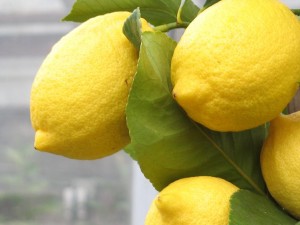
‘Eureka’ lemon tree loaded with fruit
I’ve been collecting citrus trees in my garden these last few years, and I have to admit I’m hooked!
Along with fresh herbs, citrus fruit has become a staple at my house. I keep a large bowl on the table, with lemons, limes, oranges and the occasional grapefruit inevitably outnumbering the other seasonal offerings. Salads, drinks, cooking and baking can always use some fresh juice or zest, and I absolutely relish a good batch of lemon curd now and then…
You can have all kinds citrus in your garden, too. They’re fairly easy to grow, and there are so many different kinds that do well here. The flowers smell phenomenal, plus the ornamental value of glossy, evergreen leaves against the lush display of fruit is hard to beat.
Planting in containers is just fine (especially with semi-dwarf varieties, since they only top out between 8-12′). You can even graduate in container size as you go, as long as you end up in something about the size of a 1/2 wine barrel. Use Master Pride Potting Soil, or Recipe 420 Potting Soil, along with a nice starter fertilizer (like Master Start or Sure Start). In-ground plantings get started off right when you add plenty of rich Paydirt into the native soil, along with the fertilizer. For happy, productive plants, fertilize regularly (typically each month or so) with E.B Stone or Master Nursery Citrus Food . 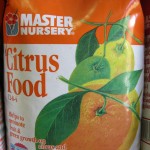
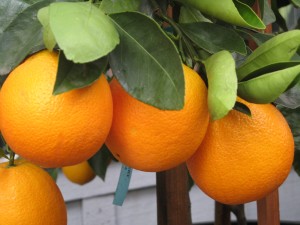
Home grown ‘Washington Navel’ oranges
We carry lots of citrus all through the year, and we make sure to grow the unusual varieties as well as the favorites. Here are a few of the coolest:

Meyer lemons are the tastiest!
‘Meyer’ lemon– there’s a reason these are so popular; just one taste will tell you why. Full flavored, with a delightful balance between tart and sweet. Ultra productive, too, with year-round fruiting.
‘Bearss’ (or Persian) lime– Bigger, juicier, and more flavorful than the kind you’d find at the store, and I must say, this is the tastiest lime I’ve ever tried. Grows better in Sonoma County than any other lime.
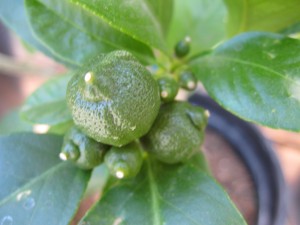
young limes
‘Owari Satsuma’ mandarin- hardy and vigorous, with a bushier appearance than other citrus. Plentiful, snack-sized fruit.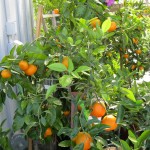
For something different, try a few on the more exotic side:
‘Variegated Pink’ lemon– Clear/ pink flesh inside of green & yellow striped rind, with nice acidity. The foliage is downright gorgeous, with bold cream-colored splashes and bright pink new leaves.

variegated pink lemon leaves
‘Kieffer’ lime– the leaves are used in Asian cooking, as are the small bumpy limes. Deep purple-red new growth adds visual contrast amongst the green fruit.
Kumquat– Smaller than other citrus, Kumquats are unique in that the whole fruit is eaten; peel and all! Flavors range from tart to semi-sweet.
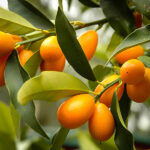
Nagami Kumquat
You can plant any of these (and many more) right now, so come in and see our selection- there’s a lot to choose from!
by King's Nursery | Jun 26, 2025 | General, How-to Info
A garden’s success starts in the soil. Organic material, mineral content, water and air are the main building blocks in a healthy soil ecosystem. In the right balance these components support proper moisture level and nutrient retention.
For most Sonoma County residents clay-loam is our typical soil. It’s comprised of compacted, fine ground silt particles and is often very dense and somewhat difficult to work with. Mixing in additional organic material is going to create space between the particulate matter, allowing a more workable texture. We love using Paydirt for that. It is loaded with nutrient rich Chicken Manure and Mushroom Compost, and is well loved by all plants. It is important to continue adding in Paydirt to your soil each season, to maintain healthy nutrient levels and proper soil texture.
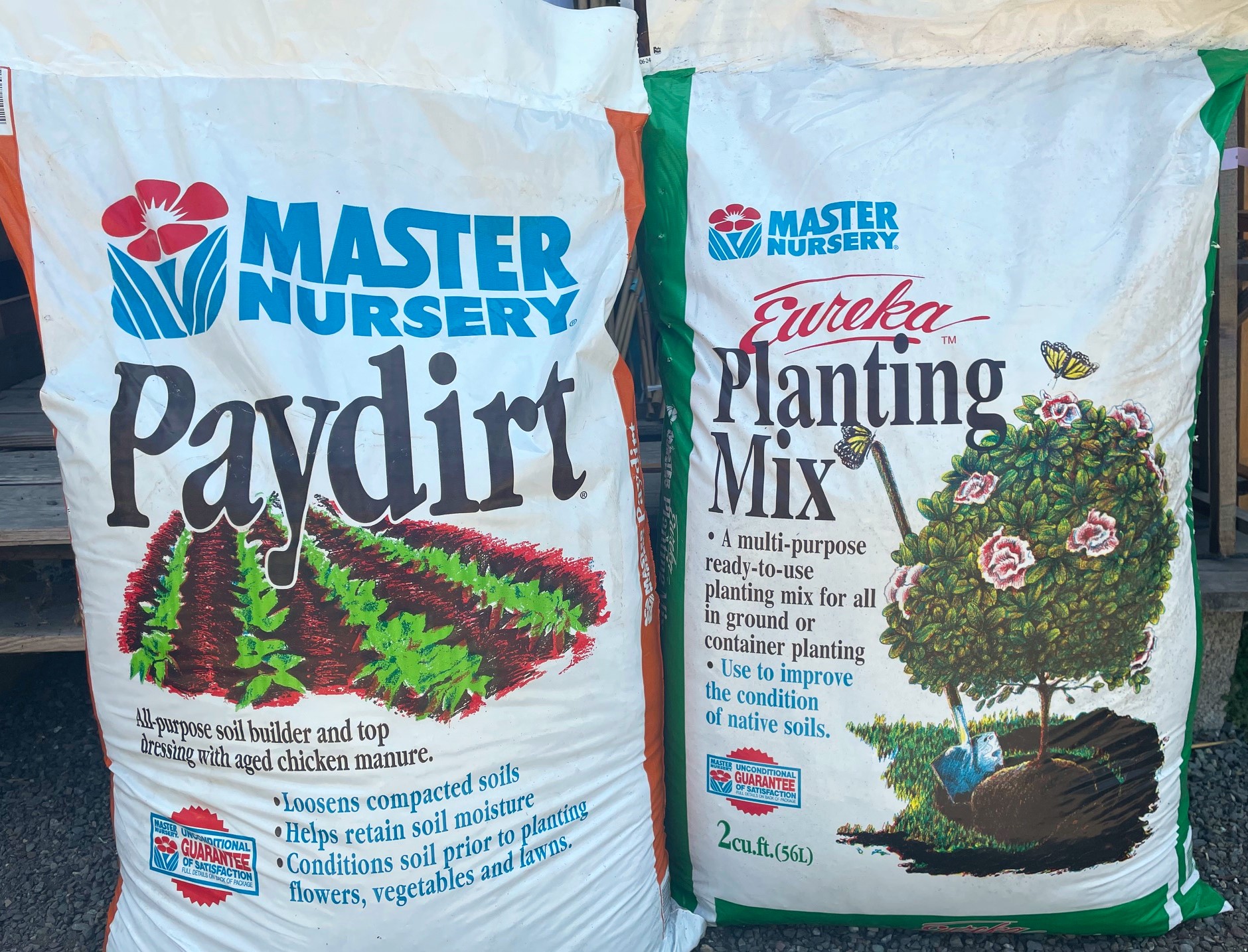
A great companion for Paydirt is our Eureka Planting Mix. It has Perlite and Gypsum in it, which helps prevent soil compaction. This allows the soil structure to be maintained even after some organic matter is depleted. This encourages an evenly draining soil, and allows air flow in the substrate. We recommend using a 1:1 ratio of Paydirt and Eureka Planting Mix.
If you have any questions about things specific to your garden, feel free to stop on in! We are always happy to give some ideas and tips on things that might best suit your situation.
by King's Nursery | May 31, 2025 | General, How-to Info
It’s the perfect time to plant all sorts of flowering goodies! We’ve got options for cut flower bouquets, lovely bedding flowers, and host plants for pollinators. Below is a general list of some popular sun and shade flowers. We of course have lots more choices, come on by and check out what we’ve got!

Marigold
They will bloom all the way until frost, and are loved by bees. Nice and easy, they also make a great companion with your veggie garden. Certain varieties also make a lovely cut flower.

Cosmo
Very fast growing, these daisy-like flowers make nice bouquet fillers and are a nice addition to a wildflower garden. Light and airy foliage adds nice textural variance. Easy to grow!

Zinnia
Quick growing, pollinator magnet. Bees love it, and butterflies will visit them as well. A favorite for cut flower enthusiasts with its nice long stems. Available in a wide range of colors and sizes.
 Cuphea
Cuphea
One of our personal favorites here at King’s! Bright orange tubular flowers explode on this shrub. Bees can’t stay away from it, and hummingbirds frequent it as well. A must-have for a pollinator bed.

Salvia
A robust perennial, Salvia is a pollinator MAGNET. Bees go crazy for it, and it will also draw in hummingbirds. A repeat bloomer and perennial, Salvia is a staple for all Spring and Summer gardens. Available in a wide range of colors and sizes, they will fit in anywhere! Water-wise once established.

Lavender
A tried and true perennial flower, Lavender offers a lovely fragrance along with some nice purple blooms. A popular stop for bees, Lavender is a great option for a pollinator garden. A low water option once established.
 Fuchsia
Fuchsia
One of our favorite shade flowers! Available in both trailing and shrub forms, Fuchsia are a necessity for your shady area. Add some smaller ones to pots, or in hanging baskets for non stop cascades of color. Larger ones make awesome specimens in the yard. They will be frequently visited by bees and hummingbirds!

Begonia
A true classic! Begonias are known for their large, showy blooms sitting atop deep green foliage. Coming in both trailing and upright styles, Begonias look great in any shade pot or basket. They are grown in a range of hues from whites and yellows, to pinks and deep reds. We carry some of the most unique ones, including some upright kinds with HUGE blooms. Come check them out!
 Impatiens
Impatiens
A long-time favorite for shade gardens! Impatiens are low-growing flowers that work great as border plants or fillers in pots and baskets. Additionally, there are some newer Hybrids called “New Guinea” Impatiens. These babies are a bit beefier, and tend to handle a bit more sun. We carry both kinds all season.

Hydrangea
A great perennial option for the shade. Hydrangea are robust, flowering shrubs that will come back year after year. Available in many different styles, including Mop-Head, Lace Cap, and Paniculata (conical). They bloom for a LONG time, and they also make a lovely dried cut flower. Some varieties of Mop Head can have their color “blued” by adjusting the acidity.

Coleus
Grown for its bright, vibrant foliage, Coleus is a unique addition to the shady collection. Coleus offer a nice break in texture while still having great pops of color. Tuck them in with some low growing things as an eye catching addition. Small flower spikes will emerge from the tops.
Soil Types
Setting up your flowers with the best soil will ensure you have a great batch of blooms this season. For anything going into a pot, we use Master’s Pride Potting Soil. It is well balanced, and suits the growing needs for all sun and shade plants.
For in-ground or raised bed gardens, we recommend using Paydirt to amend the planting area. If the planting area is especially compacted, or if you need more volume to fluff things up, add in some Eureka Planting Mix. Eureka Planting Mix is also a great soil conditioner that will increase drainage and aeration.
Fertilizing
It is important to feed your flowers regularly. We love using EB Stone Organic Rose and Flower food for all of our blooming plants. Use some at the time of planting, then follow up every 4-6 weeks. For quicker action, you can also use Maxsea All Purpose plant food. This is a liquid fertilizer that is faster absorbing, so it packs a punch. We will use this in junction with EB Stone fertilizer with great success.
by King's Nursery | May 17, 2025 | Front Page News, General
 It’s the best time for gardenias- the flowers are loving this weather….
It’s the best time for gardenias- the flowers are loving this weather….
I’ve always thought of the gardenia as the southern belle in my garden, loving the warm nights and summer heat so prevalent in the south. Visions of a flower-filled courtyard in the moonlight, a heady fragrance in the evening air. A lovely lady wearing one in her hair. A gentleman’s boutonniere.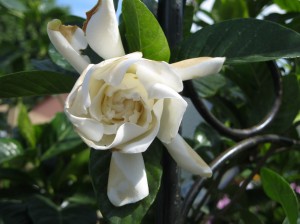
These glossy evergreen shrubs are happy to grow here in our climate. A few things about gardenias worth mention:
-Get the grafted ones. They were originally developed for nematode resistance in the southern states, but it was discovered that grafted plants will utilize nutrients more efficiently, making them greener, more floriferous and vigorous.
– Food. Give them acid fertilizer monthly during the growing season from March – October, and you will be rewarded with many more flowers. (We use and recommend Master Nursery Gardenia food). You can also use a water-soluble fertilizer like Maxsea Acid Liquid food every 2 weeks. Additionally, it is worth-while adding in some granular Iron or liquid Chelated Iron. These help maintain acidity, while also supplying additional micro nutrients.
– Plant them with Master Nursery Eureka Planting Mix. It has great drainage and some acidity right out of the bag. Use it straight in containers, or mixed in with your native soil in the ground. While you’re at it, throw in your first dose of fertilizer.
-Flowers are most prolific when the nights are warm, so pick a nice warm spot. I like to put them near a walkway or window to best enjoy the wonderful fragrance. And yes, I bring the flowers inside- how could you not?
or window to best enjoy the wonderful fragrance. And yes, I bring the flowers inside- how could you not?
We like to stock these plants most of the year, but now is the best time to plant them. Once the blooms open, and you smell those flowers….come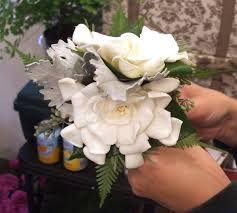 on by to see what I mean. Our staff is ready to tell you more if you have any questions.
on by to see what I mean. Our staff is ready to tell you more if you have any questions.
by King's Nursery | Mar 10, 2025 | General
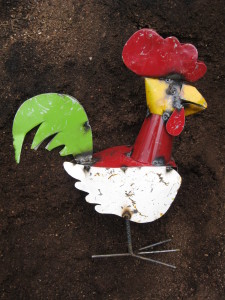
Let’s tell the stinking truth! Poop happens to be good for plants (and if it doesn’t smell, it doesn’t work). We began to believe in this rich garden ingredient decades ago- dark, pungent Paydirt has been used at King’s for generations because, pure and simple, it makes flowers and vegetables thrive. There are lots of ways to enjoy the benefits:
Use it instead of potting soil to top off last season’s planter boxes. Add a layer 3-6″ inches thick before you plant practically everything- flowers, perennials, and edibles. It is much higher in nutrients, the kind that go directly into making your plants grow and take root. When you go to dig, make sure to mix it thoroughly into the existing soil at the root zone. If you’re planting citrus, trees or larger in-ground stuff, mix it 50/50 with the native soil. Good stuff!
Sprinkle some Paydirt lightly over newly-sown seeds to help them germinate, and dissuade birds from eating them. It will also help to ensure even moisture levels, and discourage weeds so the seedlings get a chance to take hold. Or make your own POTENT Paydirt tea! Let it steep a bit, then pour it on your garden- your plants will take a nutritious drink and LOVE it! Use it to mulch beneath your trees and roses; it’ll keep the weeds out and water in, while delivering a nitro boost of nutrition.
And yes, it does smell. But only for a little while…..
It is a great time, after all, to plant a whole new round of color and foliage. We’ve got loads of Paydirt ready to go, in addition to several other types of soil for various other projects- houseplants, succulents, etc. (plus winter-blooming shrubs and vines, cool season flowers, camellias and just about anything else you can think to plant). Pop by to get inspired- and get the garden rolling!








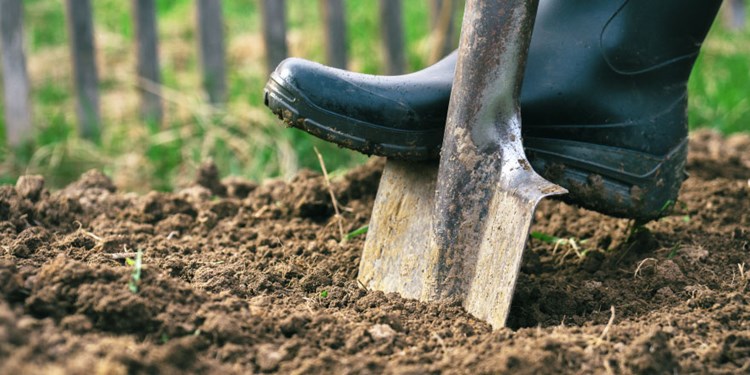



















 or window to best enjoy the wonderful fragrance. And yes, I bring the flowers inside- how could you not?
or window to best enjoy the wonderful fragrance. And yes, I bring the flowers inside- how could you not? on by to see what I mean. Our staff is ready to tell you more if you have any questions.
on by to see what I mean. Our staff is ready to tell you more if you have any questions.
